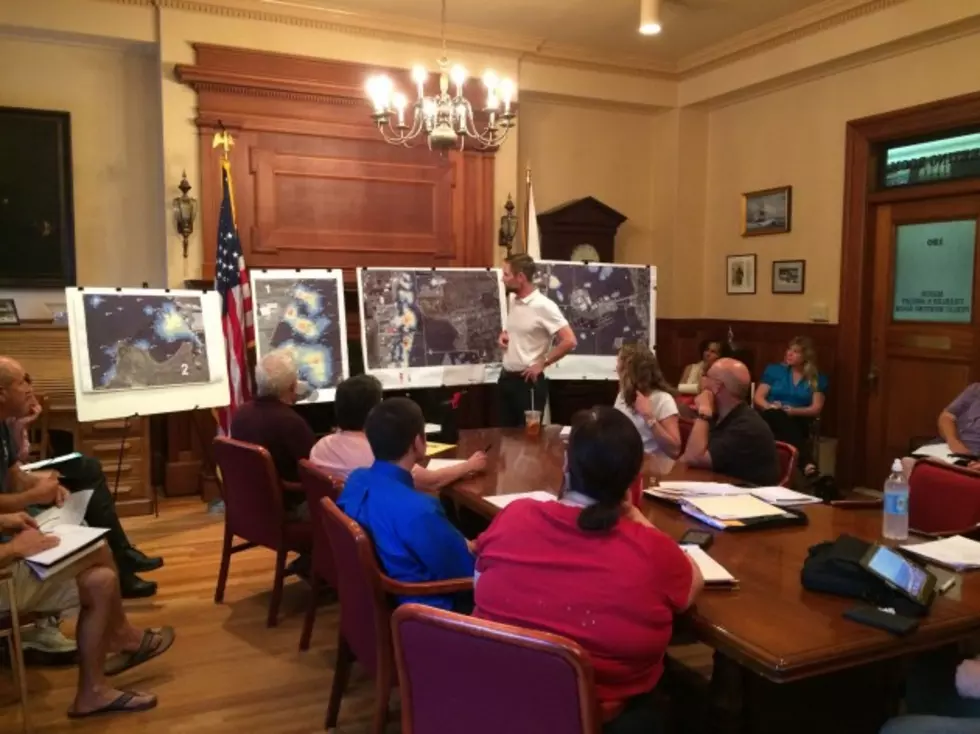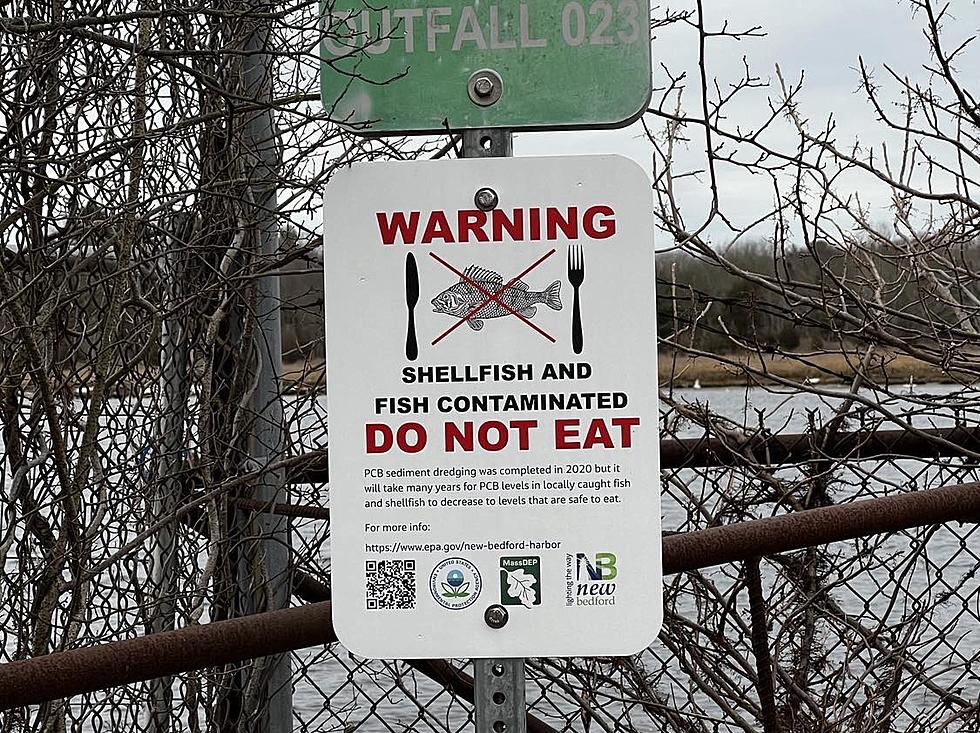
EPA Provides CAD Cell Update To Local Stakeholders
The EPA's New Bedford Harbor Technical Working Group met at City Hall Tuesday to discuss the agency's progress in cleaning up the harbor.
Studies presented showed over a 50% decrease in PCB contaminants over the last 23 years.
Project manager Dave Lederer explains that the highest levels of PCBs are still along the shipping channel because "PCBs follow the sediment and the sediment goes to the deepest part of the harbor" because the currents aren't as strong.
The agency has tested over 800 spots in the lower harbor, which spans south of the Coggeshall Street bridge and will remove all sediment containing PCB over 50 parts per million.
The fifth Confined Aquatic Disposal (CAD) cell in the harbor is expected to be complete in the fall and will begin to be used this winter. The EPA uses CAD cells as a cost effective way to dispose of the harbor's contaminated sediment and says they are environmentally safe.
Deborah Morris owns a home on Poverty Point in Fairhaven and can see the dredging from her home. Like many others she's in favor of cleaning up the harbor, but would rather that EPA not store contaminants in CAD cells. She says more people need to be informed about what's going on in their backyards.
"I don't think people in the area really are aware of what's happening. I think a lot of local residents think the CAD cell issue is dead," said Morris.
EPA Community Involvement Coordinator Kelsey O'Neil says the Technical Working Group meetings are generally held during the afternoon so local business owners affected by the clean up are available to attend and the meetings are much more technically detailed than public forums.
O'Neil says a public meeting will be scheduled sometime in the coming fall.
More From WBSM-AM/AM 1420









